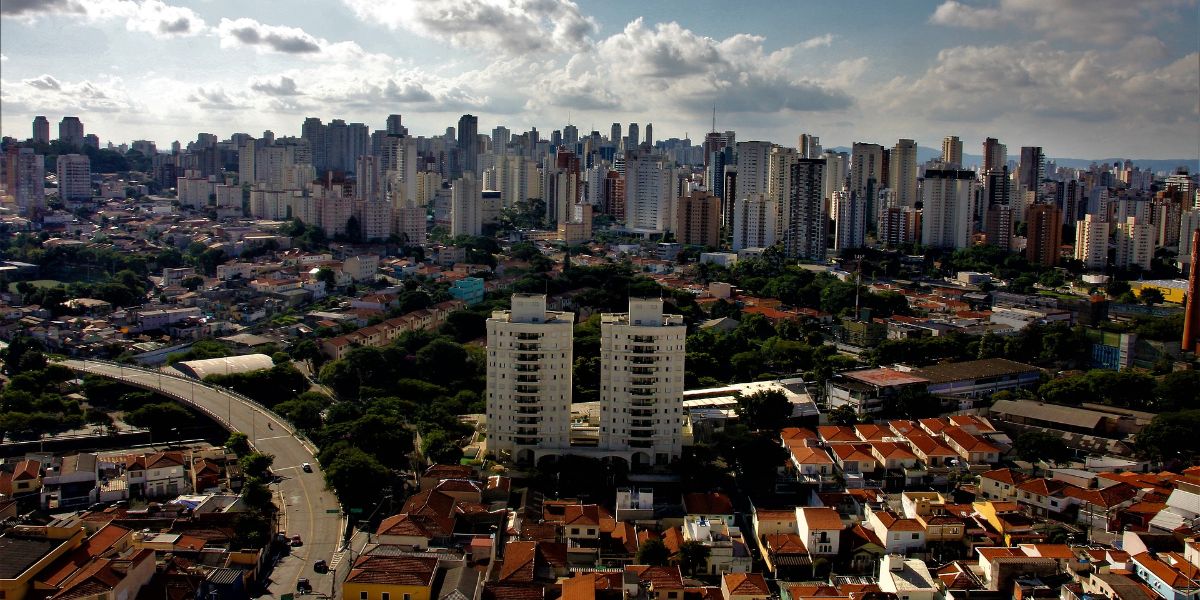On 29 January 2019, the Brazilian Federal Revenue Department (RFB) issued Normative Instruction (NI) 1870/2019 amending NI 1312/2012 effective as of calendar year 2019. The amendments are mainly related to import transaction and commodities and some aspects on transfer pricing (TP) rules.
The most noteworthy changes by NI 1870/2019 are as follows:
- On import transaction average tested price must be calculated considering the amounts of import transactions performed in the current year, divided by the total corresponding quantities, for purpose of applying (i) Independent Prices Compared Method (PIC); (ii) Production Costs plus Profit (CPL); and (iii) Price in Commodities Exchange (PCI). In the calculation of average tested price on import transaction the taxpayer must consider all amounts and respective quantities of the import transactions in the year under analysis, plus the initial inventory, less the final inventory for adoption of Resale price less profit method (PRL);
- The calculation of the parameter price shall be made in the calendar year in which the good, service or right is imported, except for PRL method. The PRL method must be calculated based on resale transactions carried-out in the domestic market;
- For the purposes of applying PECEX, commodities are considered to be the products listed in Annex I and subject to (i) at public prices on commodity exchanges and futures listed in Annex II or (ii) at public prices in the internationally recognized research institutions listed in Annex III. NI 1870/2019 also provides a list of commodities subject to the Price in Commodities Exchange (PCI) and Quoted Price in Exchange Market (PECEX) methods. PCI and PECEX methods must be calculated per each transaction (not the average in the year) and based on average quotation of the date of transaction; and
- For inter-company import and export transactions, even if the tested price exceeds the export parameter price or is below the parameter import price, no adjustment will be required as long as the difference is within the allowed divergence margin (5% as general rule, except for commodities, which is 3%). Until December 31, 2018, the calculated based on the tested price. As of 1 January 2019, the allowed divergence margin must be calculated based on the parameter price by one of the Brazilian transfer pricing methods.













